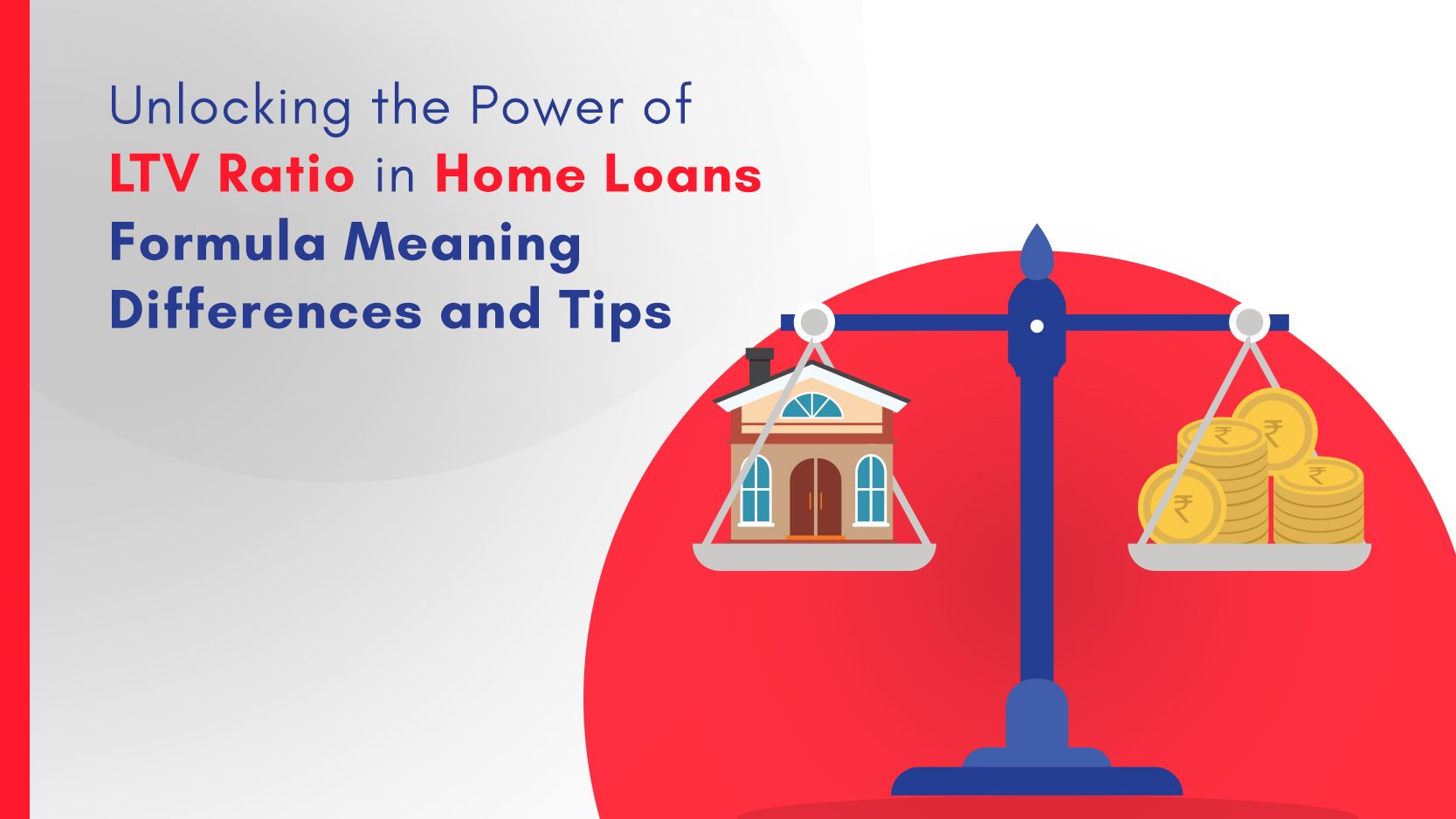Special Offers




Special Offers




29-Jan-2024 | Home Loan

In the realm of home loan, understanding the Loan-to-Value (LTV) ratio is crucial. It serves as a key indicator for both lenders and borrowers, influencing the dynamics of the loan process. In this comprehensive guide, we will delve into the meaning of LTV ratio, its formula, differences in application across various loans, and essential tips for borrowers navigating the home loan landscape.
The Loan-to-Value ratio is a financial metric that assesses the risk in lending by comparing the loan amount to the appraised value of the property. Expressed as a percentage, it helps lenders determine the level of collateral securing the loan. The higher the LTV ratio, the riskier the loan is considered, as it implies a lower equity stake for the borrower.
The LTV ratio is calculated using a simple formula:
LTV Ratio (%) = Amount Borrowed/Property Value X 100
For example, let's consider a scenario where a borrower is seeking a home loan of ₹10,00,000 on a property appraised at ₹12,50,000. The LTV ratio would be calculated as follows:
LTV Ratio = (10,00,000/ 12,50,000)×100 = 80%
Therefore, in this case, the LTV ratio is 80%, indicating that the loan amount is 80% of the appraised value of the property.
In the context of home loans, the LTV ratio plays a pivotal role in determining eligibility and interest rates. Lenders often set maximum LTV limits to mitigate risks associated with higher loan amounts. For example, if a lender sets a maximum LTV of 80%, the borrower must provide a minimum 20% down payment.
In auto loans, the LTV ratio assesses the risk associated with the vehicle's value. While the principles remain the same, lenders might apply different maximum LTV limits for auto loans, reflecting the depreciation of the asset over time.
For unsecured personal loans, where there is no collateral involved, the LTV ratio becomes irrelevant. Instead, lenders evaluate the borrower's creditworthiness through credit scores and income verification.
Understanding the differences in LTV application across various loans is crucial for borrowers. Home loans, auto loans, and personal loans each have distinct criteria and risk assessments, making it essential for borrowers to be aware of how the LTV ratio impacts their financial decisions.
To lower the LTV ratio and secure favourable loan terms, saving for a higher down payment is a prudent strategy. A larger down payment reduces the loan amount, subsequently decreasing the LTV ratio.
A higher credit score not only improves loan eligibility but can also result in more favourable LTV ratios. Lenders often offer better terms to borrowers with excellent credit histories, as they are perceived as lower risks.
The choice of property directly impacts the LTV ratio. Opting for a property with a lower appraised value or negotiating a better deal can contribute to a more favourable LTV ratio.
Property values can fluctuate over time. Regularly monitoring the property's value and assessing whether it has appreciated or depreciated can provide insights into the potential adjustment of the LTV ratio.
In the complex landscape of home loans, mastering the intricacies of the Loan-to-Value ratio is a valuable asset for borrowers. By understanding the formula, appreciating the differences in application across various loans, and implementing strategic tips, borrowers can navigate the home loan process with confidence. The LTV ratio is not just a number; it's a tool that empowers borrowers to make informed decisions, ensuring a secure and successful homeownership journey.